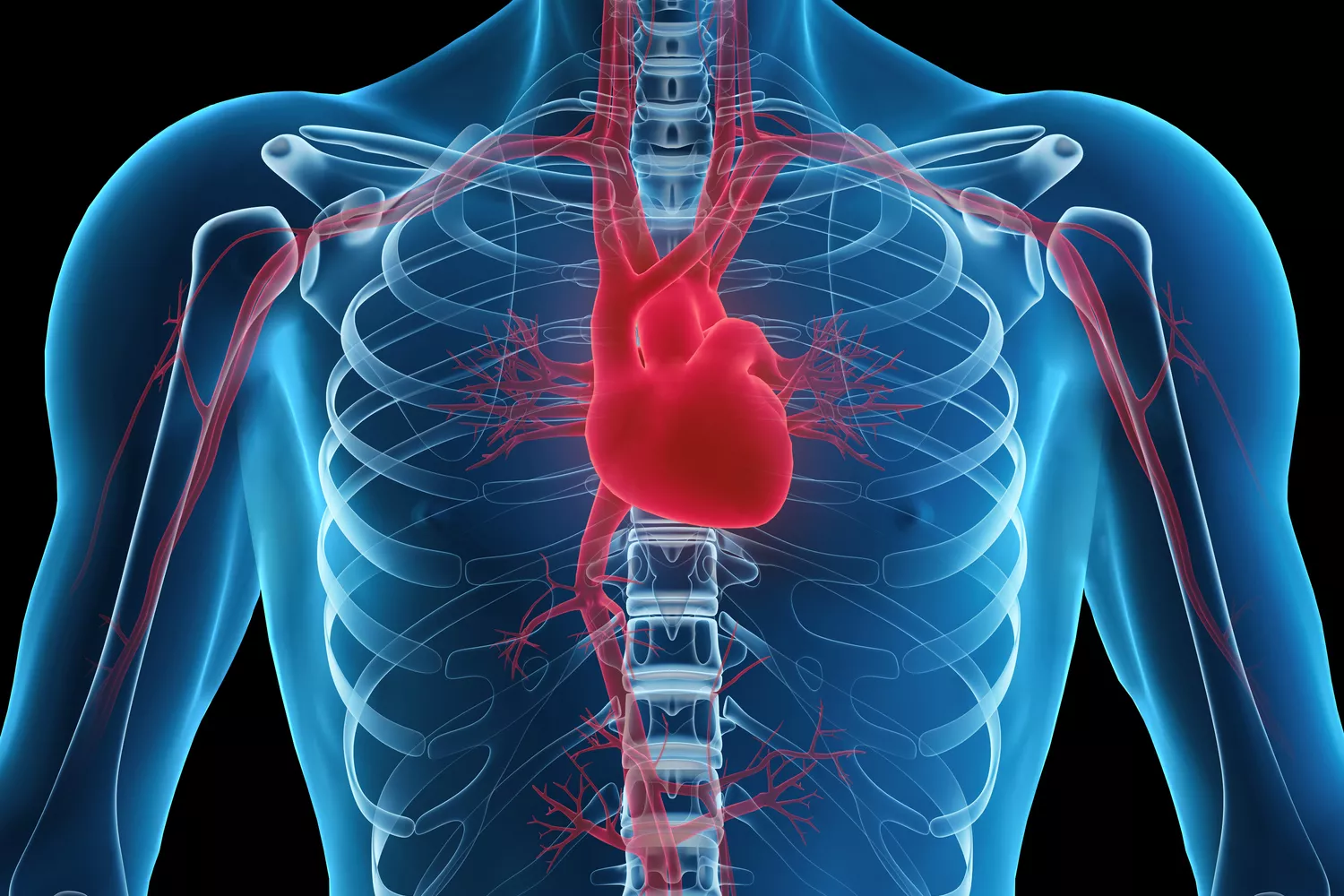
Dyspnoea in Right heart Diseases
Potential causes for Isolated Right ventricular dyspnoea
- Pulmonary hypertension
- Acute pulmonary embolism
- RV Infarction
- Acute rupture of sinus of Valsalva aneurysm
- Isolated normal pressure TR
- Any RVOT obstruction (Classically valvular pulmonary stenosis)
- Pericardial diseases like CCP and RCM
- Tricuspid valve pathology like Ebsteins anomaly
Mechanisms of Dyspnoea in Right Heart Disease
- Respiratory muscle fatigue due to decreased Cardiac output
Muscle is subject to structural and functional alterations due to reduction in irrigation by the capillary vessels, decrease of mitochondrial oxidative capacity and increase in angiotensin II levels. In consequence there is atrophy of muscle fibers that leads to substitution of type I muscle fibers by type II fibers; these processes determine progressive reduction in the patients’ exercise capacity due to early fatigue and hyperventilation. The respiratory muscles may also suffer many of these functional alterations.
- V/Q mismatch
PAH can cause ventilation/perfusion (V/Q) inequality secondary to pulmonary vascular bed damage. Patients with right heart failure have worse pulmonary function at rest and during exercise. The differences in pulmonary function at rest is due to different breathing patterns and worse gas exchange in patients with right heart failure. The differences during exercise were due to severe V/Q mismatching, EIS (exercise induced right to left shunt), alveolar ventilation disorder, and oxygenation dysfunction secondary to pulmonary vascular damage in patients with right heart failure.
- Reverse Bernheim effect
“Reverse Bernheim effect” is due to hypertrophy and/or dilation of RV lead to shifting of the interventricular septum into the left ventricular cavity leading to reduction in LV cavity, compliance and contractile function, observed in the setting of both, RV pressure (pulmonary artery hypertension) and volume overload. Even though it has been a subject of immense controversy, this could be a possible mechanism for the development of exertional dyspnea in patients with isolated right heart diseases with significant RV hypertrophy or dilatation. The above-mentioned phenomenon is better delineated under physiological representation of ventricular interdependence, which is contributed by various structures. The continuity of the muscle fibres of LV and RV, their arrangement in series in the circulatory system, IVS and the common pericardium are responsible for this close association between the two ventricles and the changes in one lead to changes in the morphology, dimensions and function of the other. IVS mediates the majority of this ventricular interdependence. However, pericardium is mainly responsible for diastolic ventricular interdependence evident in condition like chronic constrictive pericarditis, where LV cavity is further compromised by augmented RV filling during inspiration.
- Elevated coronary sinus pressure causing myocardial oedema (Turgor effect)
Coronary sinus is a largely ignored structure by cardiologists, due to lack of adequate knowledge about its role in heart failure patients. However, recently there has been a new interest in this topic with the new evidence emerging suggesting its role in determining the right heart function echocardiographically. Jun Watanabe, et al in 1989 hypothesised that increased coronary venous pressure leads to an increase in LV wall volume and decrease in LV compliance. They concluded that increased coronary venous pressure decreases LV diastolic distensibility with increasing LV wall volume and this mechanism appears to act independently of diastolic ventricular interaction caused by RV enlargement. The increment in the LV wall volume to the raised coronary sinus pressure came to be referred as the “Turgor effect”. Coronary venous pressure might be a significant determinant of the coronary turgor effect, as the venous pressure in the coronary venous system could be directly transmitted to coronary capacitance vessels, such as capillaries, venules and small veins due to the very low resistance of the venous system. This leads to an increase in the intra-myocardial blood volume and thus, decreased LV compliance. This is one of the possible mechanisms of development of dyspnea in patients with isolated right heart diseases.
- Dilated Pulmonary artery compressing bronchus
Pulmonary artery hypertension (PAH) is a progressive disease with abnormally elevated pulmonary artery pressures leading to RV hypertrophy and subsequent right heart failure. It is by far the commonest cause of dilatation of the pulmonary arteries. Pulmonary artery dilatation is due to persistent increase in the pulmonary artery pressures leading to vascular remodelling. Pulmonary artery dilatation is increasingly recognised in patients with PAH and this enlarged artery could impinge on various adjoining structures like left main coronary artery, left recurrent laryngeal nerve and the tracheobronchial tree, leading to their compression. If tracheobronchial tree is compressed, it can lead to major airway obstruction, stridor and dyspnea. With the advent of CT and MRI, this entity is being recognised more frequently and various case reports have been published in the last decade highlighting the importance of early identification and treatment of this potentially lethal condition.
- Increased dead space
While normal subjects ordinarily demonstrate at least a 50% reduction in physiological dead space during heavy exercise compared with their resting measurement, patients with pulmonary hypertension typically fail to show any reduction in dead space during exercise, despite demonstrating typical increases in tidal volume as the exercise intensity increases. This is possibly due to exercise produced more high V′A/Q′ (ventilation-perfusion ratio) regions in the lungs of those patients.
- Pleural effusions
Studies have evaluated the incidence of pleural effusions without an alternate explanation in patients with idiopathic/familial pulmonary arterial hypertension (14%), pulmonary arterial hypertension associated with connective tissue diseases (33%), and portopulmonary hypertension (30%). The majority of patients with pleural effusions without an alternate explanation were found to have isolated right heart failure. Breathlessness due to pleural effusion is multifactorial. Pleural effusions can worsen gas exchange. Moderate or large effusions commonly cause flattening or even inversion of the diaphragm, and this is associated with severe breathlessness .These changes are likely to render the diaphragm less effective and efficient. The shortened diaphragm has a reduced capacity to develop tension, requires higher neural activation to develop an equivalent tensionand is less effective at translating tension to transdiaphragmatic pressure
These effects of pleural effusions on the diaphragm are likely to result in a reduced ventilatory output relative to neural drive of the diaphragm (‘neuromechanical uncoupling’). There is considerable evidence that such neuromechanical uncoupling generates afferent neural impulses from mechanoreceptors throughout the respiratory system (muscle, chest wall, airways and lung parenchyma) to the sensorimotor cortex and results in the sensation of breathlessness.
- Hypoxia in CCH
The effects, separately and together ,of hypoxia,hypercapnia, and acidemia leads to dyspnea in cyanotic congenital heart disease.







